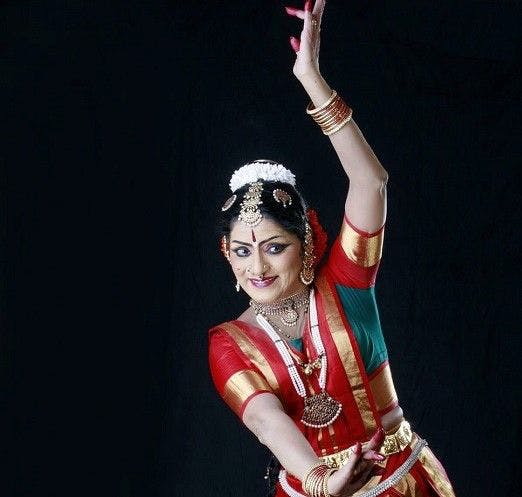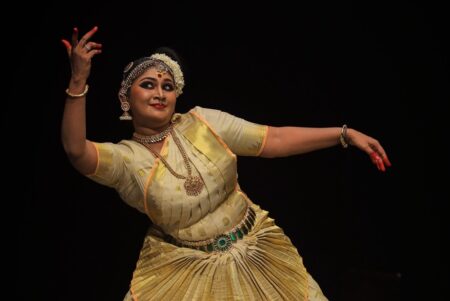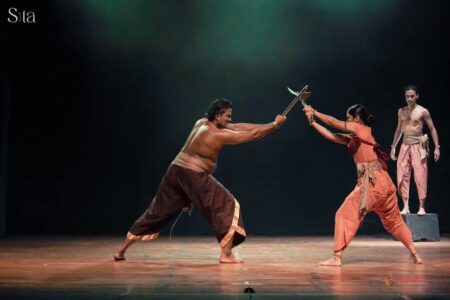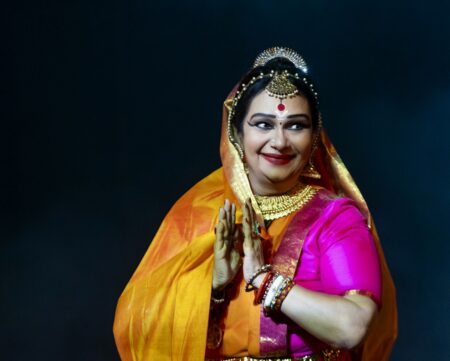This asana helps in the movements of lower limbs, particularly in the adavus like thandava adavu.
Utthita Hasta Padangushtasana helps in the movements of lower limbs, particularly in the adavus like thandava adavu. Utthita hasta padangusthasana is a standing asana that builds balance, improves concentration and promotes a sense of stability. The name comes from the Sanskrit word utthita, meaning raised, pada meaning feet and angushta meaning toe.
This is not an easy asana; yet, practising this is very essential to have control over the body and the movements of lower limbs, particularly in the adavus like thandava adavu. This gives more flexibility to the hip joints, provides agility to the body and stretches the hamstrings.
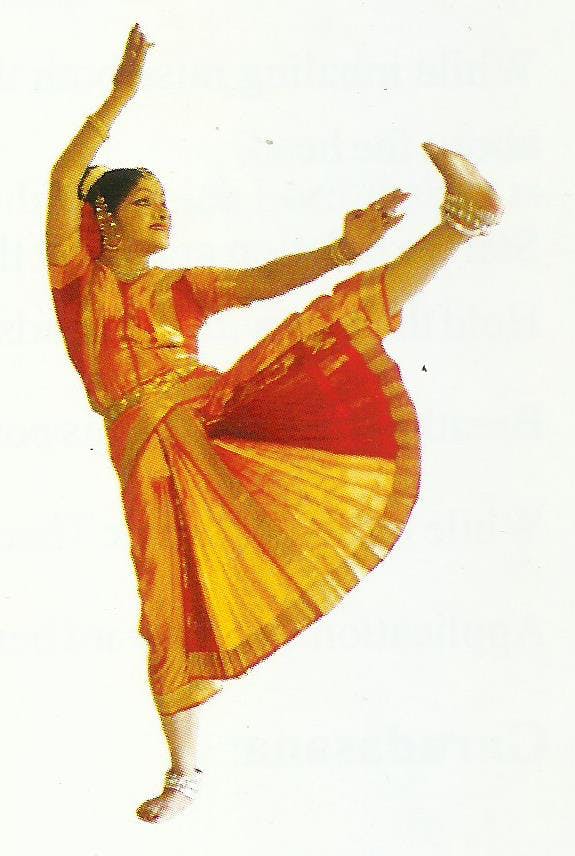
How to perform? At first stand in Thadasana. Flex the right hip and the right knee joints and hold the right toe with the right hand, the left lower limb remaining straight. Take a few breaths in this posture.
Gradually straighten the lower limb and raise it still holding the toe. Take a few breaths in this position and learn to balance properly with stability. When reasonable stability is achieved, raise the lower limb still further and try to touch the knee with the forehead.
Remain in this position and take five breaths. While exhaling, lower the right limb bending (flexing) it at the hip and the knee and come to the Thadasana position. Repeat this on the other side.
Write to us at [email protected]

